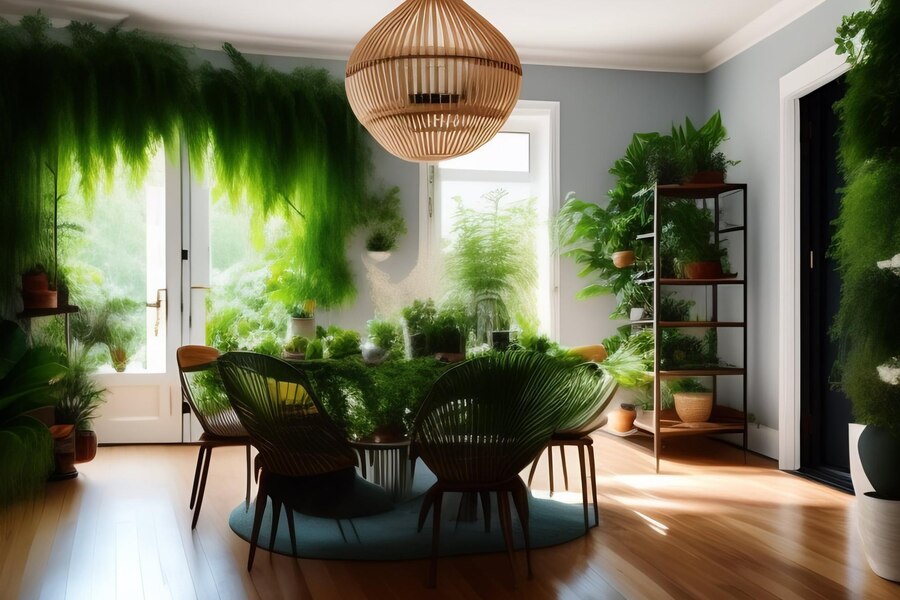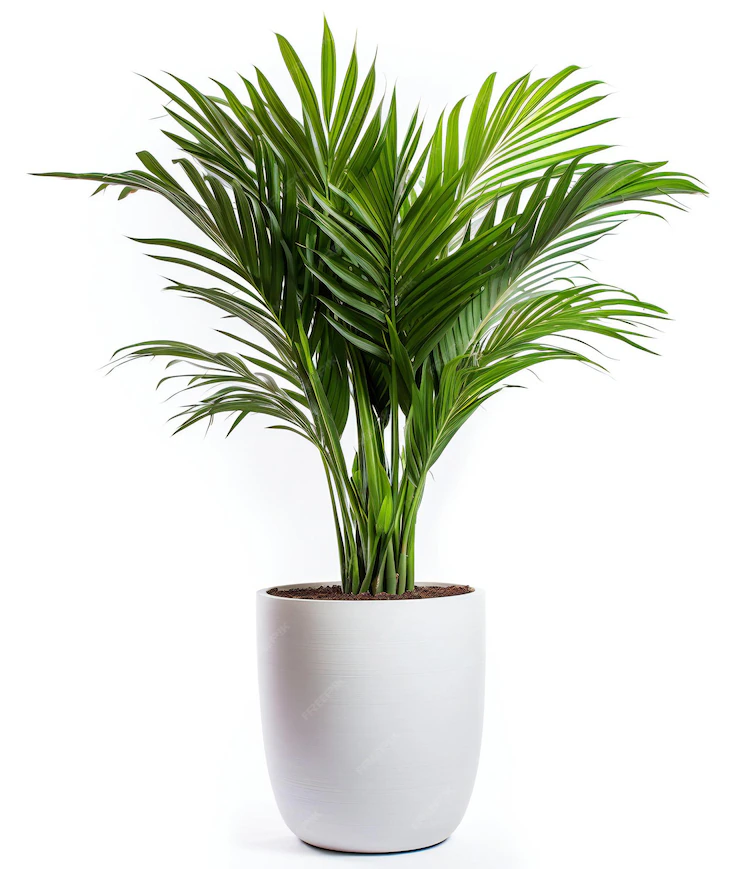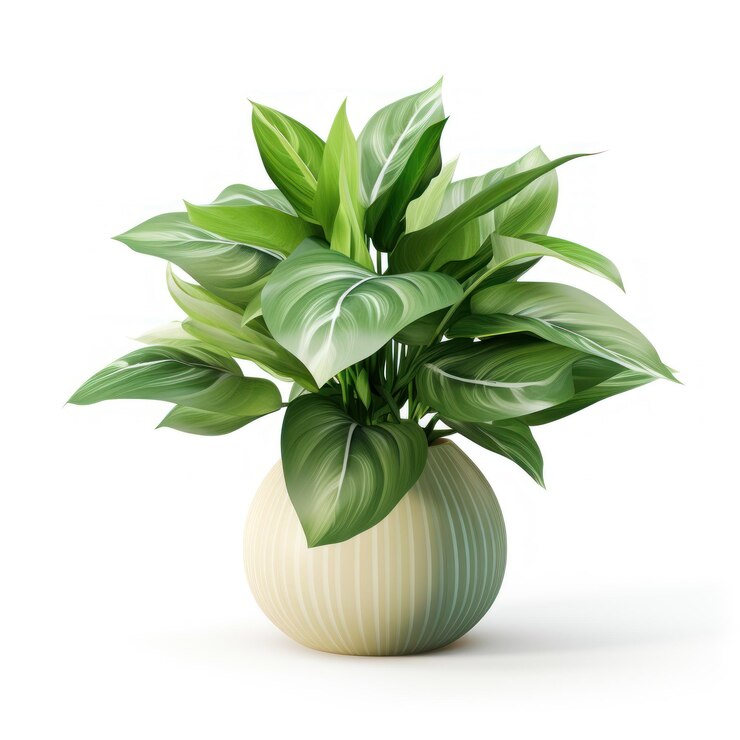
Eco-Friendly and Easy: The Rising Popularity of Artificial Plants
In recent years, the trend of integrating greenery into our living spaces has seen a remarkable shift. Gone are the days when keeping a plant alive was a strenuous task for those not blessed with a green thumb.
Today, the rise of artificial plants has revolutionized the way we bring nature into our homes and offices, combining eco-friendliness with effortless maintenance. This shift is not just a fleeting trend but a significant movement towards a more sustainable and convenient approach to interior decorating.
The Convenience Factor
The foremost advantage of artificial plants is their sheer convenience. Unlike their living counterparts, these plants require no watering, no sunlight, and no particular temperature to thrive. This makes them ideal for spaces that aren’t conducive to live plant growth, such as rooms with little natural light or extreme indoor climates.
Moreover, the best artificial plant can be indistinguishable from a real one, offering aesthetic benefits without the upkeep. This hassle-free nature is particularly appealing to busy individuals, those lacking green thumbs, or people who travel frequently.
Additionally, artificial plants are a long-term investment. They don’t outgrow their pots, become root-bound, or need regular pruning. This means that once you find the perfect spot for your faux greenery, you can leave it there to enhance the space indefinitely, without worrying about the maintenance and care that real plants demand.
Health and Allergen-Free Benefits

Another significant advantage of artificial plants is their hypoallergenic nature. Real plants can often contribute to indoor allergies, either through pollen, mold growing in the soil, or the insects they sometimes attract. Artificial plants eliminate these issues entirely. They’re an excellent choice for allergy sufferers, hospitals, and schools, where maintaining a clean, allergen-free environment is crucial.
Moreover, artificial plants can contribute to mental well-being. While they don’t produce oxygen or clean the air like real plants, they do offer the visual benefits of greenery. Studies have shown that even the presence of green color in an environment can have a calming effect, reduce stress, and increase productivity.
Environmental Impact
When discussing artificial plants, their environmental impact is a topic that often comes up. It’s essential to note that while the production of artificial plants does have an environmental footprint, they can be more eco-friendly in the long run compared to living plants in certain situations. For instance, in arid regions where water is scarce, maintaining live plants can have a significant environmental cost in terms of water usage. Artificial plants provide the aesthetic benefits of greenery without the ecological expense of water consumption.
Additionally, the longevity of artificial plants means less frequent replacement compared to live plants that may die due to improper care or natural lifecycle. This longevity reduces waste and the need for constant production of new plants.
Design Flexibility and Variety

Artificial plants offer a level of design flexibility that is hard to achieve with real plants. They can be placed in any part of a house or office, regardless of lighting conditions. This opens up a world of interior design possibilities, allowing for greenery in previously unimaginable places, like windowless bathrooms or dimly lit corridors.
The variety available in artificial plants is another significant benefit. From exotic species that are hard to maintain in certain climates to intricate floral arrangements, the options are endless. This variety allows individuals to experiment with different styles and themes without the limitations imposed by climate, season, or plant care expertise.
Long-Term Cost-Effectiveness
Initially, artificial plants might seem like a more significant investment compared to their living counterparts. However, when considering the long-term perspective, they are remarkably cost-effective. The absence of ongoing costs such as soil, fertilizers, pots, and tools, not to mention the significant savings in water bills, makes them an economically sound choice.
Additionally, the durability of artificial plants means they remain pristine year after year, without the cost of replacement due to plant diseases or seasonal changes. This long-term view highlights the economic benefits of choosing artificial over living plants, especially for businesses and individuals looking for low-maintenance and long-lasting decor solutions.
Bringing Nature Indoors, Effortlessly
In conclusion, the growing popularity of artificial plants is rooted in their ability to blend eco-friendliness with ease of care. These plants offer the beauty and serenity of nature without the demands and challenges of traditional gardening.
Whether it’s for health reasons, environmental considerations, design flexibility, or cost-effectiveness, artificial plants are proving to be a practical and attractive choice for bringing the outdoors in. In a world where convenience is king, and sustainability is vital, artificial plants strike a harmonious balance, making them an increasingly preferred choice in modern interior decorating.
Read Also:



















Post Your Comment